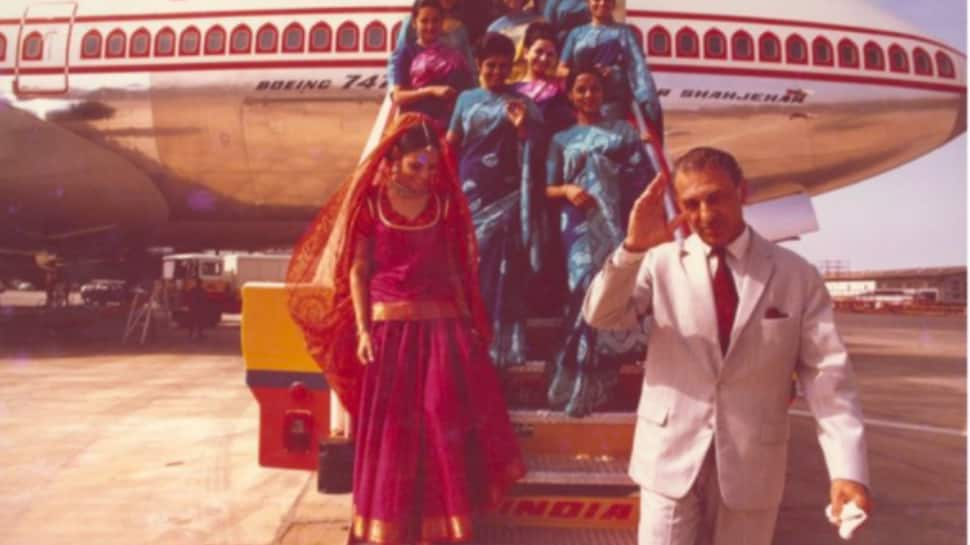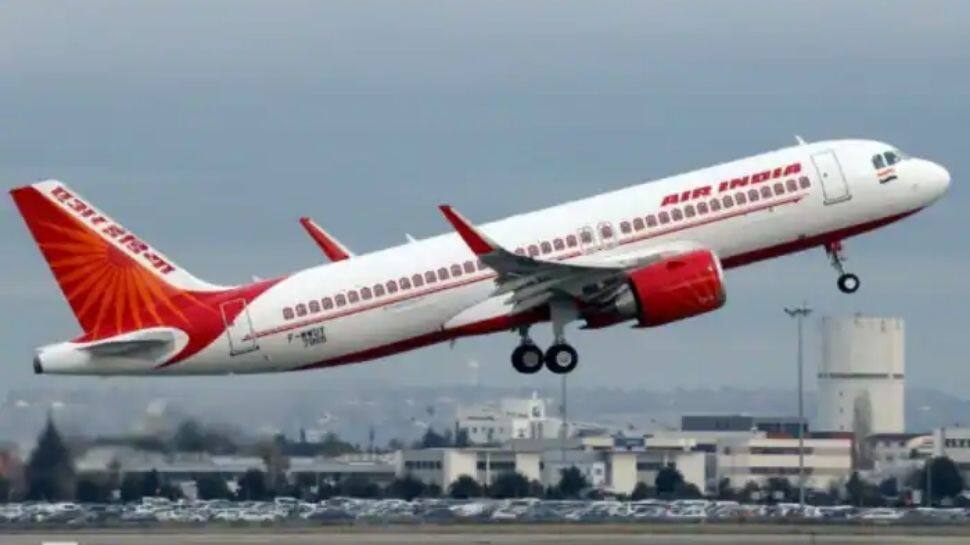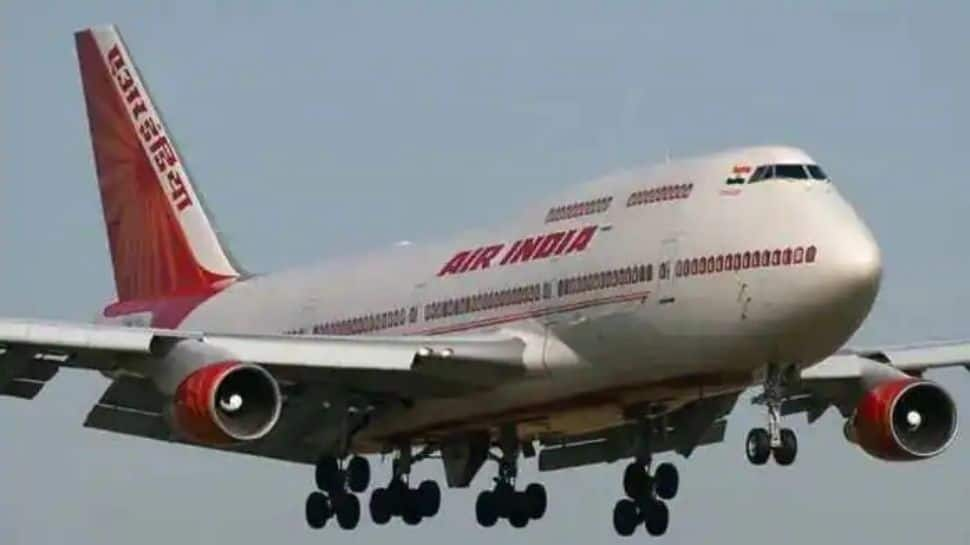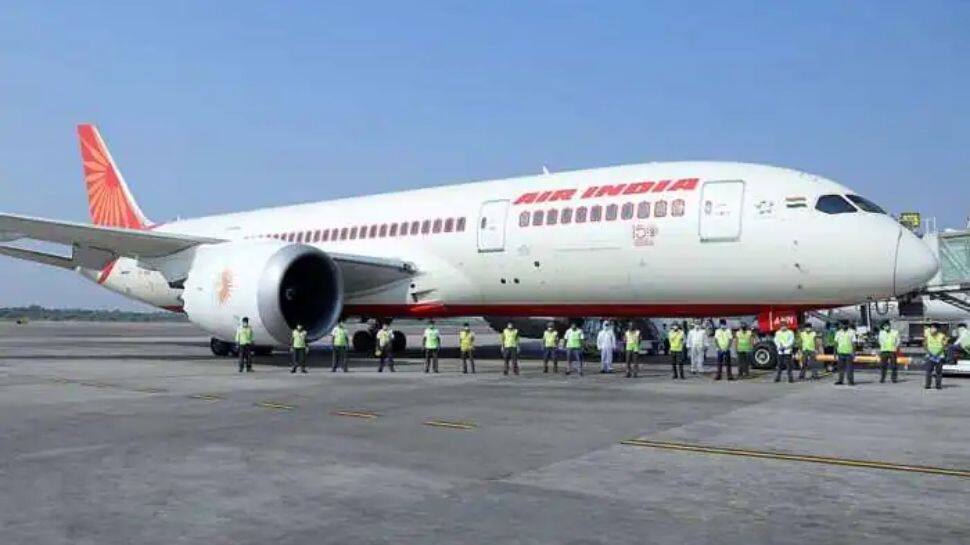Air India Disinvestment: From Centre buying carrier to saying ‘Tata’, check airline’s journey so far
New Delhi: It’s official! Tata Sons is all set to buy the debt-laden Air India from the Indian government. Department of Investment and Public Asset Management (DIPAM) Secretary Tuhin Kanta Pandey said that the IT-to-automobiles conglomerate has made the winning bid of Rs 18,000 crore for Air India.
In a tweet, Emeritus Chairman of Tata Sons Ratan Tata said, "Welcome back, Air India."
Tata Sons defeated SpiceJet promoter’s bid to acquire the state-owned carrier. But did you know that Tatas were the one who had started Air India as a private airline company back in 1932?
Moreover, did you know that this wasn’t the first time when the government had put Air India on sale? Probably no, right? If that’s the case then here’s a complete timeline of Air India’s journey so far:
)
Air India was started by JRD Tata as Tata Airlines in 1932. The company, at that time, used to provide a weekly airmail service from Karachi to Ahmedabad to Bombay to all the way to Madras.
In the first year itself, the plane carried about 155 passengers and 10.71 tons of mail. At that time, it made a decent profit of around Rs 60,000.
Image Credits: Indian Diplomacy/Twitter

Soon after India got independence, the Central government bought a 49 per cent stake in Air India. Further, in 1953, the Indian Parliament passed the Air Corporations Act to buy Air India from JRD Tata to make it a nationalised carrier.
The next 40 years were the golden years for Air India, and it was considered as one of the crown jewels of the Indian government. Who can forget the Maharaja mascot, which was as popular as the airline?

In the late 1990s, Air India was faced with stiff competition from private airlines such as Jet Airways, Air Sahara, Modiluft, and Damania Airways, among others. In the early 2000s, the Indian government then decided to sell a minority 40% stake of the firm to raise funds, as part of a wide privatisation effort that included selling stakes of 27 state-run firms. However, not even a single company was sold at that time.

In 2007, the Central government merged Air India with another state-owned airline, Indian Airlines, along with ordering new planes worth over Rs 50,000 crore. Both the entities before the merger had a total debt of just Rs 5,000 crore.
However, the new planes, which weren’t even required as highlighted by the Central Bureau of Investigation in a 2011 report, increased Air India’s woes, as debt ballooned.
In the years to come, the losses continued to increase as Air India kept on losing air traffic to private rivals. As a result, the Indian government in 2017 issued an Expression of Interest (EOI) to sell a 76 per cent stake in Air India. Even this time, no private company showed up to the offer.

In the third attempt to privatise Air India, the Indian government decided to sell a 100% stake in the debt-laden carrier. This time, the government finally received two bids - one from Tata Sons and the other from SpiceJet founder Ajay Singh.
Now, as we all know, the Tata Group has made the winning bid of Rs 18,000 crore for Air India. Finally, it's time when the Central government is saying Tata to the national carrier.

